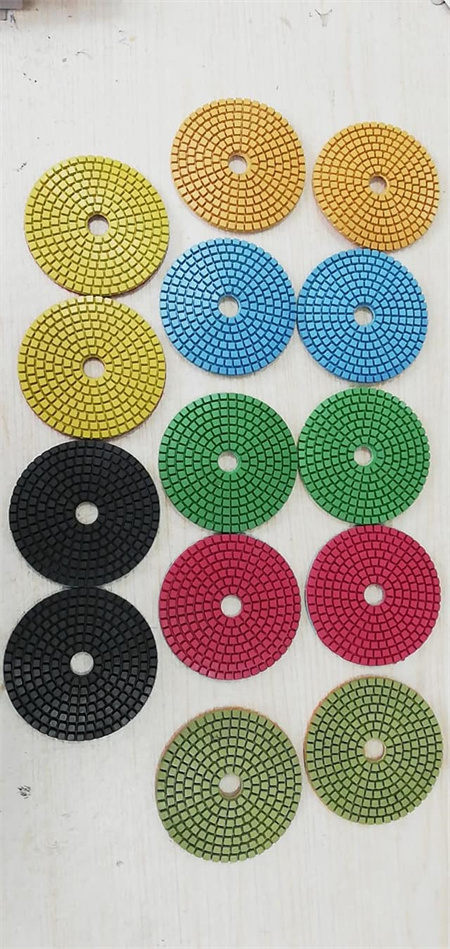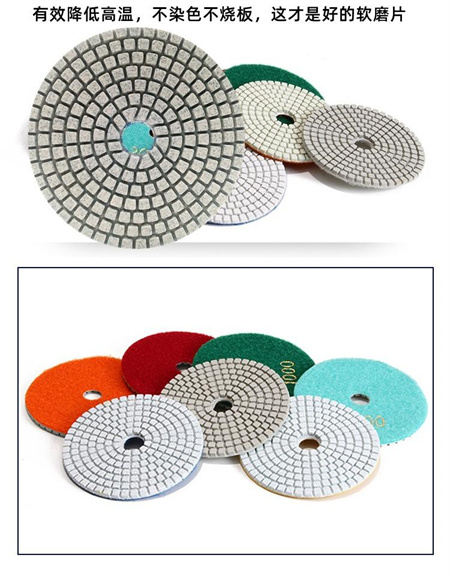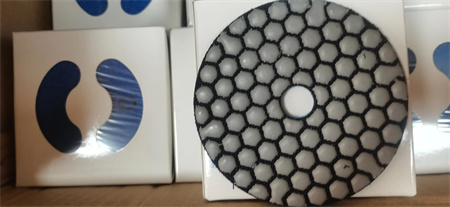Best Practices for Using Diamond Pads on Granite Floors
Granite floors, known for their durability and beauty, have become a top choice for both residential and commercial spaces. Their polished, glossy surface not only enhances the aesthetic appeal of any room but also adds a level of sophistication and strength. However, maintaining this high-end finish requires some care. Among the most effective tools for preserving and restoring granite’s shine are diamond pads. These pads, designed for grinding, polishing, and honing, can make a noticeable difference in the appearance of your floors. But to get the best results, knowing how to use them properly is crucial.
Diamond pads work through abrasion, using the diamonds embedded in the surface to smooth out imperfections and restore the granite’s original luster. When used correctly, they can transform dull, worn-out granite into a gleaming masterpiece. But misuse can lead to unwanted scratches or an uneven finish. Here’s how to get the most out of diamond pads and ensure your granite floors maintain their beauty for years to come.
Choose the Right Diamond Pad
The first step in the process is selecting the right diamond pad for the job. Diamond pads come in various grits, ranging from coarse to fine. Coarse pads are designed to address deep scratches or stubborn stains, while finer pads are used to smooth the surface and restore the shine. For routine maintenance, you’ll want to stick with a medium grit, but for a complete restoration or to remove more serious imperfections, you might start with a coarser pad before working your way up to finer ones.
Remember, not all diamond pads are created equal. Pads designed specifically for granite floors are often more suitable than those made for other surfaces like marble or concrete. Always ensure you’re using a pad that is compatible with granite to avoid unnecessary damage.
Prepare the Surface
Before you begin polishing, preparation is key. Clean the granite floor thoroughly to remove any dirt, dust, or debris that could get caught in the pads and cause scratches. Sweep or vacuum the surface, and then mop with a mild, non-acidic cleaner to ensure the area is spotless. It’s also a good idea to make sure the floor is dry before you begin, as moisture can affect the pad’s performance.
Wet vs. Dry Grinding


Polishing Technique
Once you’ve chosen your diamond pad and prepared the surface, it’s time to begin polishing. When working with diamond pads, gentle, consistent pressure is essential. Apply only light pressure, as pushing too hard can cause uneven results or create unsightly scratches. Move the pad in overlapping circular motions across the surface of the granite. This pattern helps ensure that you’re covering the entire area evenly.
It’s also important to work in sections, especially when dealing with larger floors. Don’t try to tackle the whole floor at once. Focus on smaller areas, ensuring each part is thoroughly polished before moving on to the next. Be patient—rushing through the process is one of the most common mistakes people make when using diamond pads.
Change the Pad as Needed
As you work through the grits, the diamond pad will start to wear down. You’ll need to change the pad as it loses its effectiveness. Once the pad begins to show signs of wear, it’s time to switch to a new one to ensure you’re still getting the desired results. Remember, using a worn-out pad can cause more harm than good, so don’t hesitate to replace it when necessary.
Seal the Granite After Polishing
After you’ve finished polishing your granite floors with diamond pads, it’s a good idea to seal them to protect the surface. Sealing the granite helps prevent stains, dirt buildup, and damage from spills or moisture. This step is particularly important for granite floors that see heavy traffic or are exposed to liquids regularly.
Most granite sealing products are easy to apply and can be done with a simple cloth or sponge. Apply the sealant according to the manufacturer’s instructions, making sure to cover the entire surface evenly. Once the sealant has dried, your granite floor will not only look great but will also be better protected against future wear and tear.
Regular Maintenance
While diamond pads are excellent for restoring and maintaining the beauty of granite floors, regular maintenance is also essential. Routine cleaning with a soft mop and a granite-safe cleaner will help keep your floors looking polished. Avoid harsh chemicals or acidic cleaners, as these can dull the surface over time.

